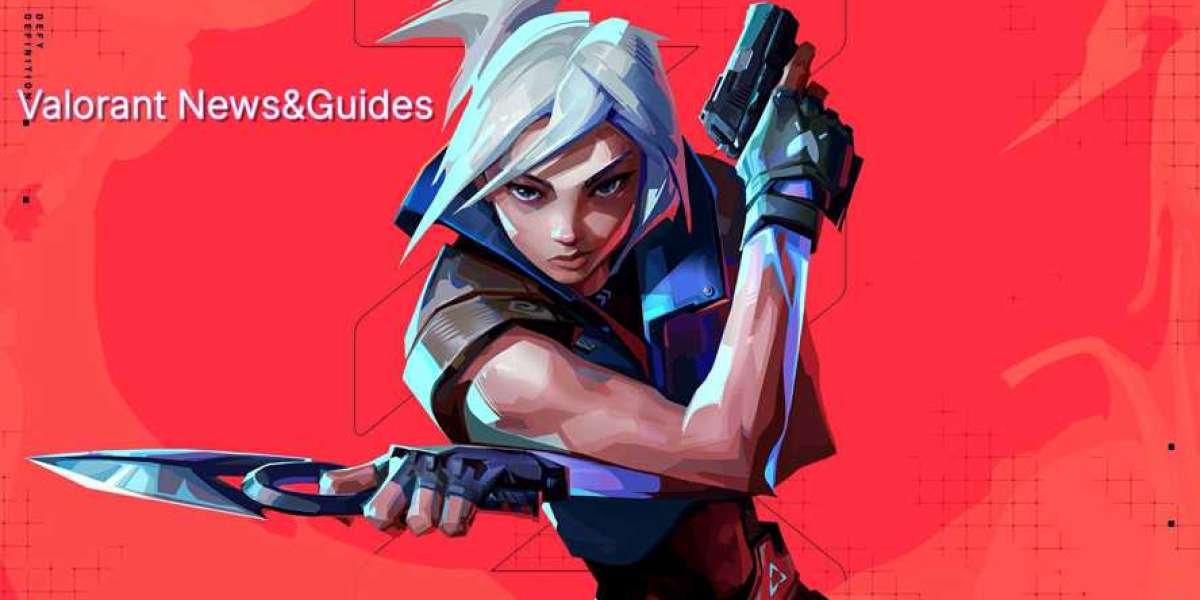Gender transition is a deeply personal journey that affects many aspects of one's life, including physical appearance. One critical step for many individuals undergoing male-to-female (MTF) transition is adjusting their hairline to achieve a more feminine look. MTF hairline surgery is a popular procedure that helps transgender women reshape their hairline, creating a softer, more rounded appearance. In this guide, we'll explore everything you need to know about this transformative surgery, from the procedure to recovery, and answer some common questions.
Understanding MTF Hairline Surgery
MTF hairline surgery involves reshaping the hairline to align more closely with traditionally feminine contours. Typically, men have higher and more square-shaped hairlines, while women tend to have lower, more rounded hairlines. MTF hairline surgery aims to reduce the forehead's height and adjust the hairline's shape to a more feminine pattern. This often involves removing some scalp tissue and repositioning the hairline lower on the forehead.
Hair transplantation may also be incorporated into the surgery to fill areas of thinning hair or create a natural-looking hairline. This surgery is commonly performed as part of facial feminization surgery (FFS), though it can be done as a standalone procedure depending on the individual's needs.
Benefits of MTF Hairline Surgery
One of the primary benefits of MTF hairline surgery is its significant impact on a person's overall appearance. The hairline plays a crucial role in framing the face, and a more feminine hairline can enhance confidence and self-esteem. By lowering the hairline and softening its shape, the surgery helps individuals feel more comfortable in their gender identity.
In addition to aesthetic benefits, MTF hairline surgery can help reduce gender dysphoria by making one's external appearance better match their gender identity. This can improve emotional well-being and help individuals feel more aligned with their perceptions.
The Procedure: What to Expect
The MTF hairline surgery procedure typically begins with an in-depth consultation with a qualified surgeon who specializes in transgender surgeries. During this consultation, the surgeon evaluates the patient's current hairline, discusses the desired outcome, and creates a personalized surgical plan.
On the day of the surgery, local or general anesthesia will be administered to ensure comfort during the procedure. The surgeon will make an incision along the existing hairline, then carefully reposition it lower on the forehead. Sometimes, hair grafts may be added to fill in gaps or refine the hairline further.
After the surgery, patients can expect some swelling and discomfort, which can be managed with prescribed medication. The recovery process varies for each individual, but most patients can return to normal activities within two to three weeks.
Recovery and Aftercare
Recovery from MTF hairline surgery is a gradual process that requires patience and proper care. For the first few days following the procedure, it's common to experience some swelling and bruising around the forehead and eyes. Keeping your head elevated while resting can help reduce these symptoms.
Your surgeon will provide detailed aftercare instructions, including how to clean the incision site and when to return for follow-up appointments. It's essential to follow these guidelines closely to ensure a smooth recovery and minimize the risk of complications.
During recovery, you should avoid strenuous activities, heavy lifting, and any movements that could strain the incision area. Most people can return to work and light activities after about two weeks, but full recovery can take several months. The final results of MTF hairline surgery will become more apparent as the swelling subsides and the hairline heals.
Long-Term Results and Maintenance
One of the advantages of MTF hairline surgery is that the results are long-lasting. Once the hairline has been reshaped, it will not revert to its previous form. However, it's essential to maintain healthy hair care practices to support the longevity of your results.
Following post-surgery care instructions is crucial for individuals who underwent hair transplantation to ensure the grafts take hold properly. This may include avoiding direct sunlight, harsh hair treatments, and gentle hair care products.
Choosing the Right Surgeon for MTF Hairline Surgery
Selecting a skilled and experienced surgeon is one of the most critical steps in ensuring successful results from MTF hairline surgery. Look for a surgeon who specializes in transgender procedures and has a track record of producing natural-looking outcomes. You can ask for before-and-after photos from previous patients to understand the surgeon's work.
Conclusion
MTF hairline surgery is a powerful tool in helping transgender women align their external appearance with their gender identity. By reshaping the hairline, this surgery creates a more feminine look that can enhance physical appearance and emotional well-being. Whether part of a broader facial feminization procedure or a standalone surgery, MTF hairline surgery offers long-lasting results that significantly improve self-confidence. With the right surgeon and aftercare, individuals can achieve a beautiful, natural-looking hairline that reflects their true selves.








